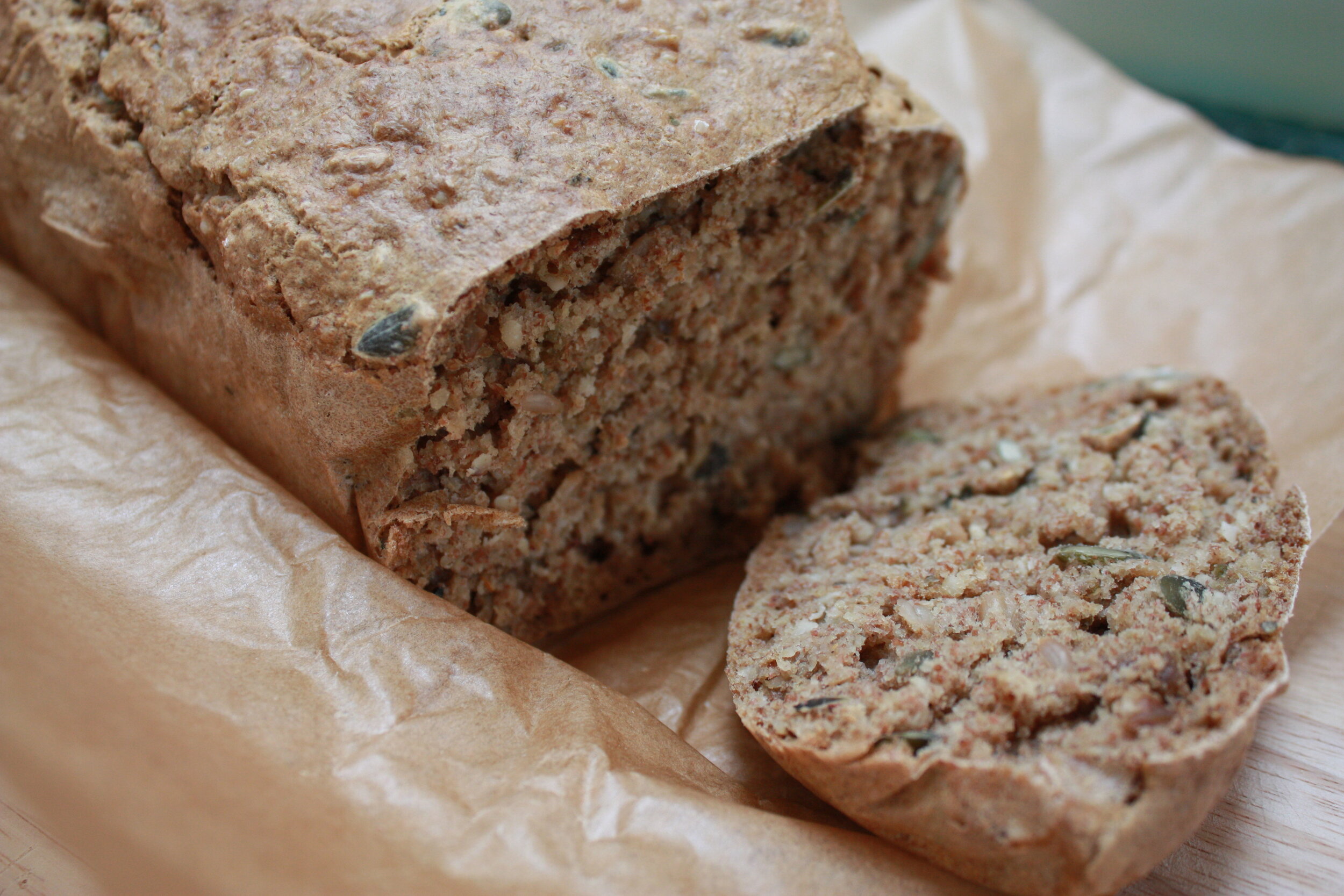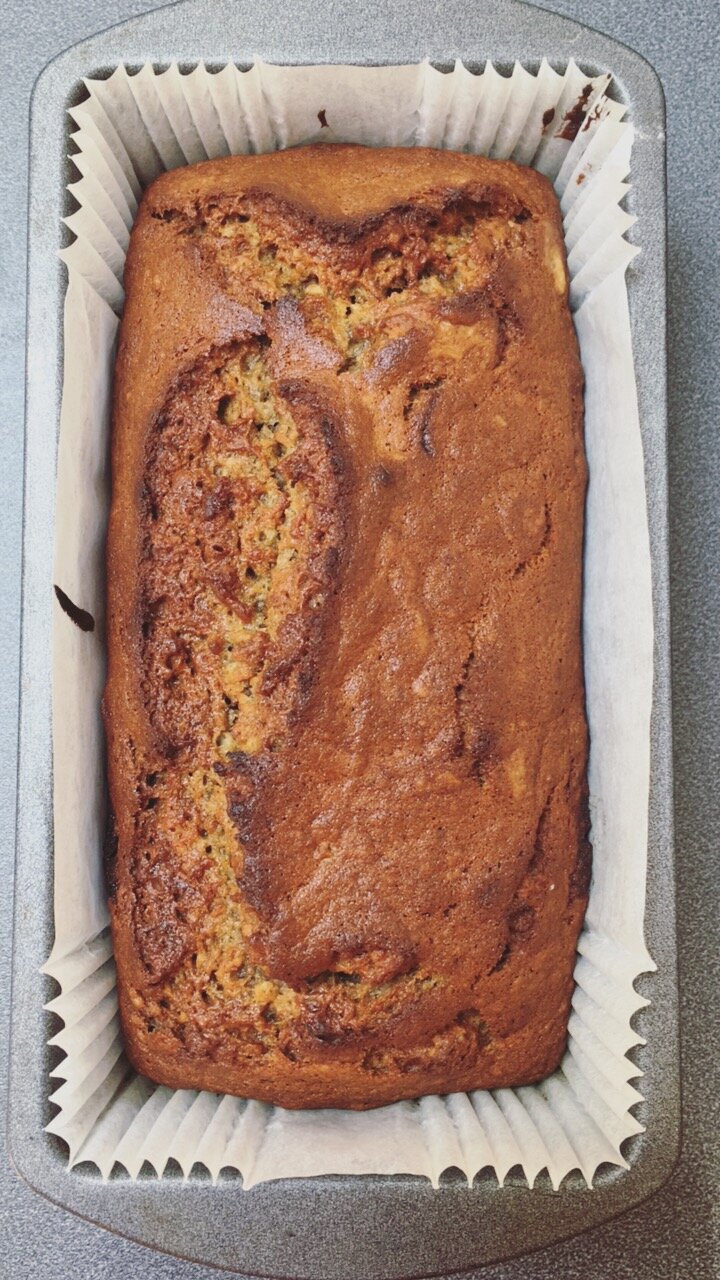This autumn has been all about the quince, but last year it was all about the fig. There were a few figs getting jammier by the day on my parents’ tree and we needed to pick them before the possums got to them. I made a delightful pear and fig chutney, and this cake.
You can use any plain soft creamy cheese in place of the ricotta - I used half goats cheese and half ricotta, which worked splendidly.
I really loved this cake because it wasn’t too sweet and allowed the natural sweetness of the figs to shine through. My parents, who like things sweeter, weren’t that fussed - so by all means add more sugar if you have a similar palate!
Autumnal slightly savoury fig and ricotta cake
Based on a recipe in Books for Cooks Favourite Recipes 4, 5 and 6
2 tablespoons caster sugar
6 fresh ripe figs, stalks trimmed, cut in half
175 g unsalted butter
150 g caster sugar
1 teaspoon vanilla extract
200 g ricotta (or a combination of ricotta and soft goats cheese)
2 large eggs
175 g plain flour
1 tablespoon baking powder
A little apricot jam, for glazing
Preheat the oven to 180 C (fan-forced). Grease and line a 24cm springform cake tin. Butter the baking paper on the base of the tin and sprinkle with the 2 tablespoons of caster sugar. Arrange the halved figs, cut side down, over the sugar.
Beat the butter, sugar, vanilla and ricotta (or other cheese you’re using) together until creamy and fluffy. Beat in the eggs one at a time. Add the flour and baking powder and gently fold in.
Spread the batter carefully over the figs.
Bake in the oven until golden and a skewer inserted into the middle comes out clean - roughly 40-45 minutes, depending on the strength of your oven. Leave to cool completely in the tin.
To decorate, turn out the cake on to a plate or stand, fig side up. Melt the apricot jam over a low heat until soft and liquid, then brush over the top of the cake. The figs will glisten beautifully.
You can dust the top with icing sugar once you’ve glazed too, but I didn’t.
Cut into slices and enjoy with a hot cup of tea.
My figs were quite little! Hope yours are bigger.










